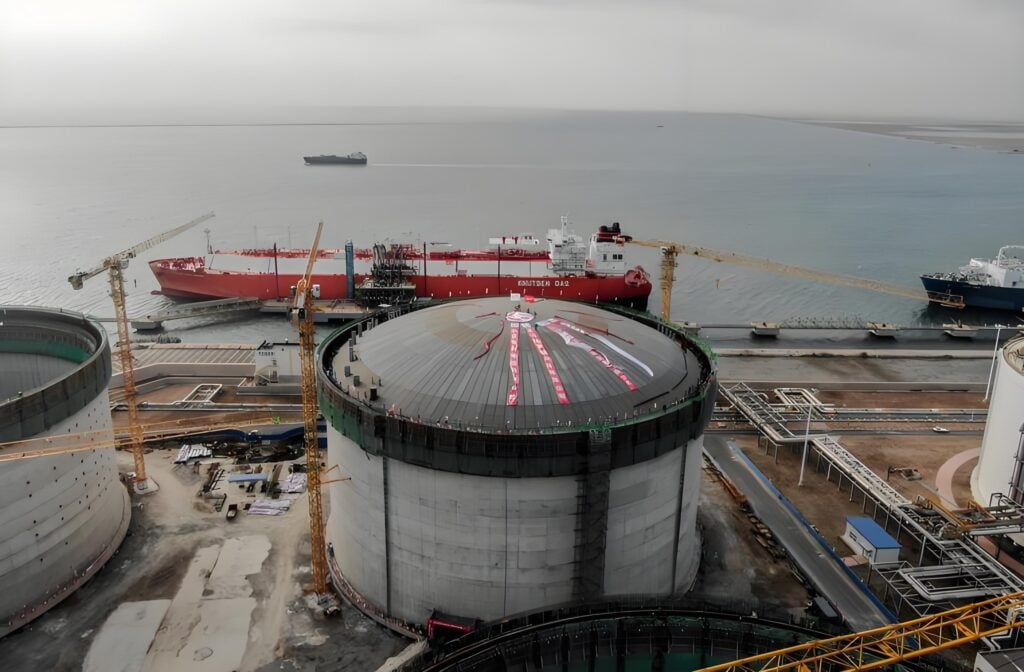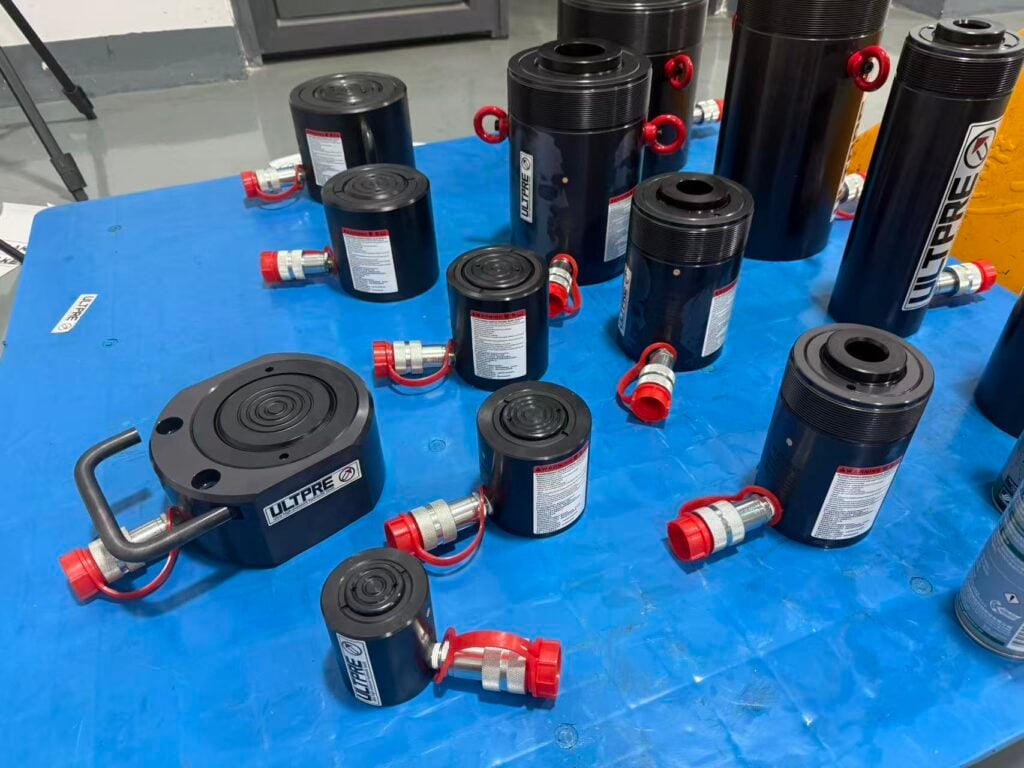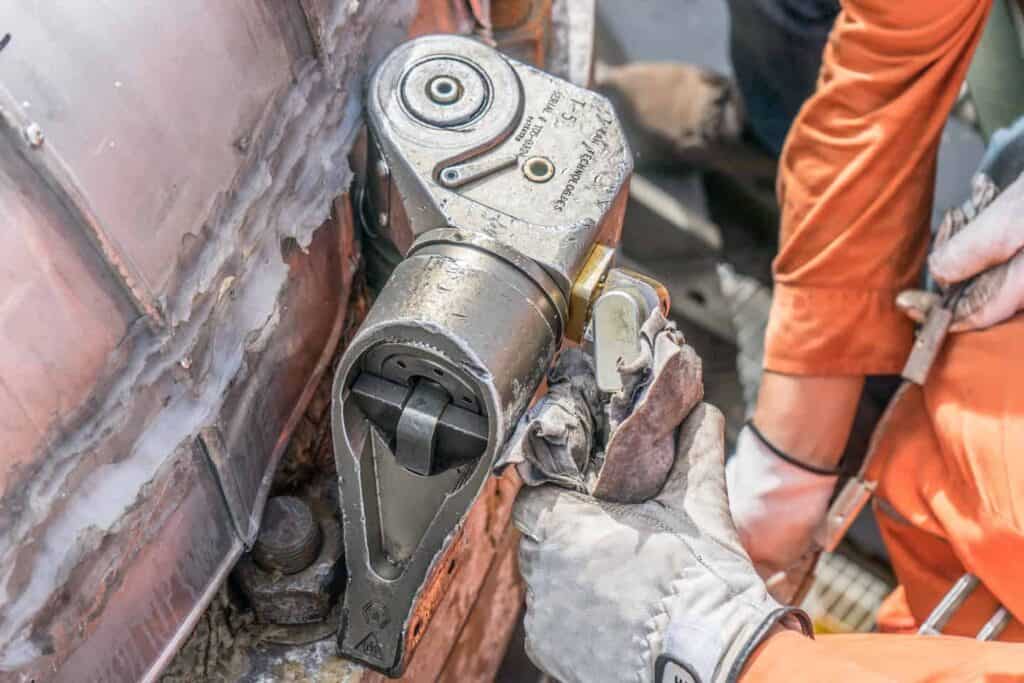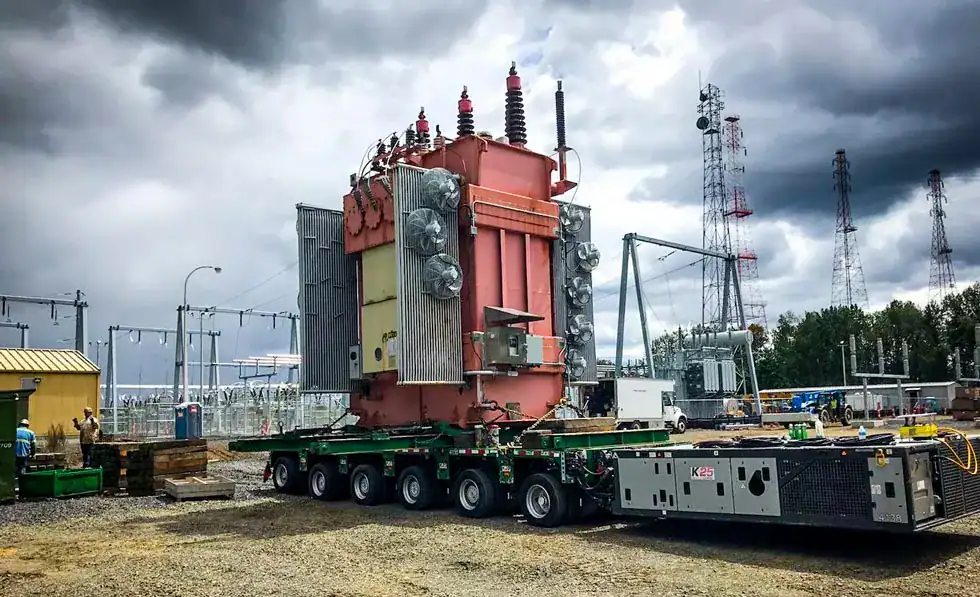Attempting to separate pipe flanges with sledgehammers or pry bars isn’t just inefficient—it’s dangerous. Pinch-point injuries, flange face damage, and costly downtime plague industries from oil refineries to water treatment plants. Enter the flange spreader: a purpose-built tool engineered for precision separation. In this guide, we’ll explore what flange spreaders do, why they’re indispensable, and how to use them safely.
What is a Flange Spreader?
A flange spreader is a hydraulic, pneumatic, or mechanical device designed to create controlled gaps between pipe flanges. It eliminates brute-force methods by applying even pressure to separate flange faces without damaging critical sealing surfaces.
Key Components:
- Hydraulic Cylinder/Pump: Generates up to 50+ tons of force.
- Spreader Arms/Wedges: Inserted between flanges to distribute force.
- Pressure Gauge: Monitors force to prevent overloading.
- Safety Locks: Secures flanges in an open position during maintenance.
Why Use a Flange Spreader?
Core Applications:
- Gasket Replacement: Create space to remove damaged gaskets and install new ones.
- Internal Inspections: Access valves, sensors, or pipe interiors.
- Emergency Repairs: Quickly address leaks or corrosion.
Safety & Efficiency Benefits:
- ⚠️ Eliminates Impact Tools: No more flying debris or dented flanges.
- ⏱️ Reduces Downtime: Complete separation in minutes vs. hours.
- 🔧 Preserves Flange Integrity: Prevents scoring of sealing surfaces.
Industries: Oil & gas, chemical processing, power generation, shipbuilding.
Types of Flange Spreaders
| Type | Force Capacity | Best For |
|---|---|---|
| Hydraulic | 10–100+ tons | Large-diameter pipelines |
| Pneumatic | 5–20 tons | Quick, repetitive tasks |
| Mechanical | <5 tons | Low-pressure systems |
Design Notes: Dual-arm spreaders offer superior stability; compact units fit confined spaces.
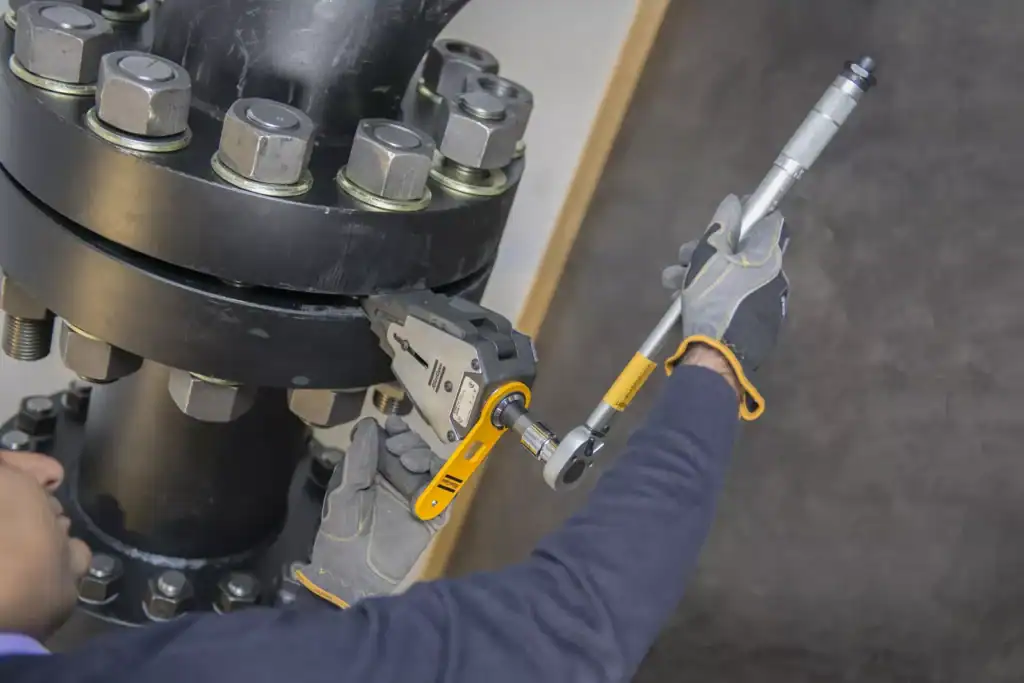
Step-by-Step: How to Spread Flanges Safely
Pre-Operational Checks:
- Depressurize the pipeline and drain residual fluids.
- Inspect bolts for corrosion/damage.
- Verify spreader capacity matches flange size (e.g., 24″ flanges need 30+ ton tools).
Safety Prep:
- PPE: Gloves, face shield, steel-toe boots.
- Barricade the work area.
Procedure:
- Loosen Bolts: Remove every second bolt; leave nuts threaded for alignment.
- Position Spreader: Insert arms between bolt holes, avoiding gasket surfaces.
- Apply Pressure: Activate the pump gradually until the gap reaches 1–2 inches.
- Lock Flanges: Insert gap pins to secure the opening.
- Perform Maintenance: Replace gaskets, clean faces, or inspect internals.
- Retract & Reassemble: Reverse the spreader, remove pins, and re-torque bolts in a star pattern.
Critical Tips:
- ▶️ Monitor Symmetry: Uneven gaps strain flanges—adjust arm positions if needed.
- ⛔ Never Exceed Rated Pressure: Hydraulic overloads warp flanges.
- 🌀 Use Alignment Rods: For flanges >36″, insert rods to maintain parallelism.
Common Mistakes & Solutions
- Mistake: Using worn spreader arms on hardened steel flanges.
Solution: Match tool material to flange hardness (e.g., carbide tips for stainless steel). - Mistake: Skipping gap pins.
Solution: Always lock flanges open—springback can cause severe injuries. - Mistake: Misaligning spreader arms.
Solution: Use centering guides or laser alignment tools.
Choosing the Right Flange Spreader
Consider these factors:
- Flange Size: Tools are rated by diameter (e.g., 4–60 inches).
- Pressure Needs: Hydraulic for >20 tons; pneumatic for speed.
- Environment: Explosion-proof models for hazardous areas; stainless steel for corrosion resistance.
Top Brands: Enerpac (heavy-duty), SPX Flow (precision), Power Team (versatile).
Conclusion
Flange spreaders transform high-risk flange separation into a controlled, repeatable process. By investing in the right tool and training, facilities slash maintenance time by up to 70% while protecting personnel from life-threatening pinch points. Remember: Flange separation isn’t a muscle job—it’s a science.
“A damaged flange costs $10K; an injured worker costs everything.”
